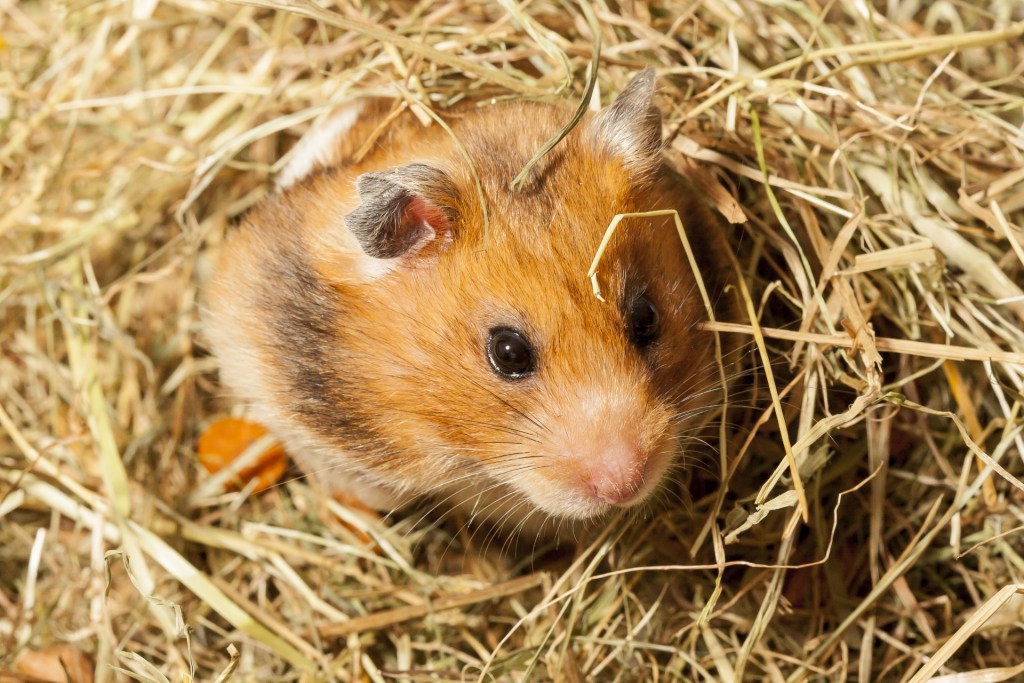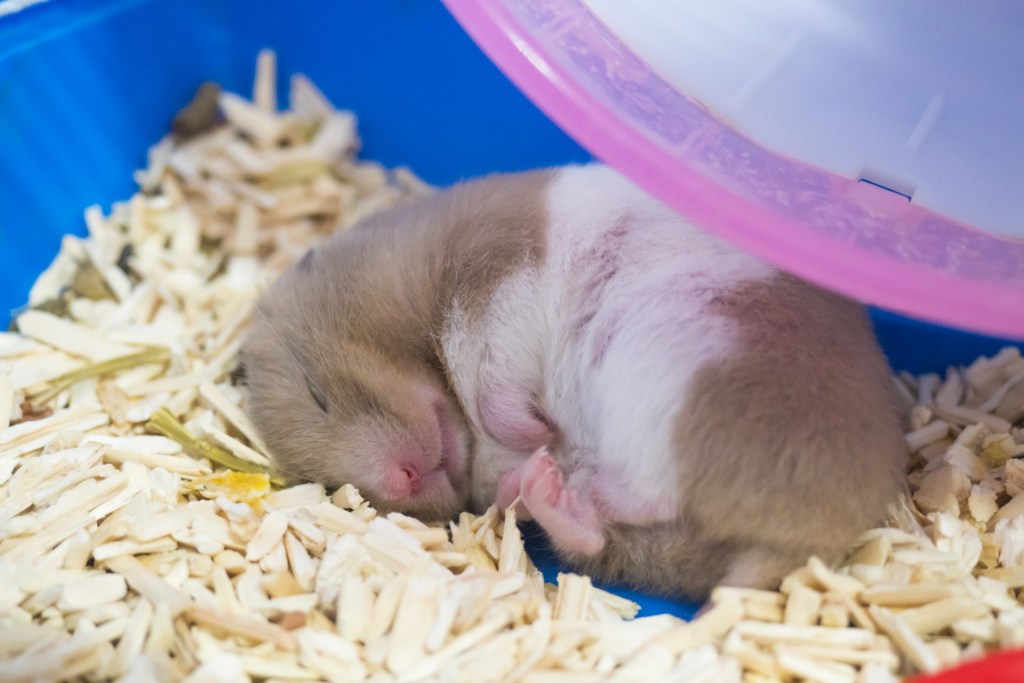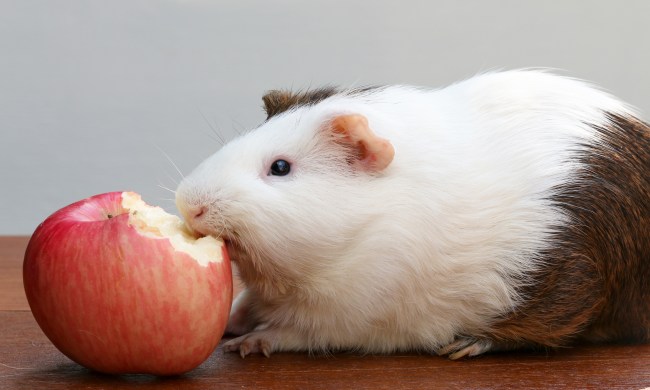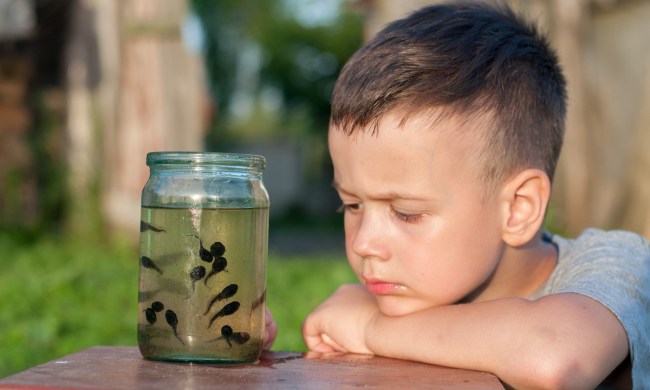Hamsters take ”breakfast in bed” to a whole other level. Gnawing, chewing, and eating their bedding, these fuzzy little pets differ quite a bit from your average cat or dog. When you feed your hamster on the bedding in their cages, it is vital that they have one of the best kinds to ensure safe consumption, as they love to eat and chew over it. Luckily, there are a lot of healthy materials out there that will keep your pet hamster warm, cozy, and snacking in the safest way.
What exactly is hamster bedding, and why is it important?

Hamsters are typically kept in some kind of enclosure, whether it be a cage or an open tank. This ensures they are safely kept in a cozy, enclosed space where you can admire them, play with them, and take care of them. As with any cage environment, however, it can become a bit uncomfortable on hard plastic or metal materials, so adding a line of bedding across the floor keeps your hamster comfy and warm. There are many types of bedding sold in pet stores and online, but that does not mean they are all good. It is important to look at all of the materials and know the harmful from the helpful ones. Once you find the right material for your hamster, you’ll be set to fill up their cage with safe, comfortable bedding that they can sleep on, chew, and enjoy.
What are the best bedding materials for your hamster’s home?
Even if a certain type of bedding is sold in pet stores, it is important to check out the materials to make sure it is safe and healthy for your hamster. There are a lot of great, safe options out there that are perfect for chewing and sleeping. Your hamster will have a great time living life on these top-notch bedding materials:
- Paper bedding is a great DIY option, but make sure you don’t use newspaper or any printed paper, as it contains harsh chemicals in the ink.
- Aspen wood shavings are the right type of wood that is safe for your hamster, since it won’t splinter and has a softer texture.
- Processed corn cob bedding uses dried corn kernels to create a light, soft texture of bedding.
- Timothy hay is great for your hamster to consume and lie on. It is highly absorbent and soft — perfect for sleeping.
- Pelleted bedding is paper or wood materials processed and recycled to form small, soft pellets. These pellets are healthy for your hamster to chew on, are highly absorbent, and are soft for sleeping.
Which bedding types should be avoided?
While there are a lot of great bedding options for your hamster, there are also quite a few that need to be avoided. Any of these materials can cause a lot of harm to your little hamster. The bedding types to avoid include:
- Pine wood bedding can cause harmful fumes and may splinter when chewed.
- Cedar wood bedding has the same harmful side effects as pine wood bedding.
- Newspaper ink can be toxic to your hamster when chewed or swallowed.
- Shredded cardboard is safe, but it is uncomfortable bedding for your hamster.
- Fabric scraps tend to get wet and stay wet, and they are not safe for chewing.
Other hamster bedding tips

As with any pet, there is so much to learn and understand before getting one of your own. So, if you have never had a hamster before or just want to learn more about them, here are some extra tips and information that can help you create the most comfy home for your cute, little friend:
- Hamsters enjoy burrowing into their bedding to get warm and comfy. They create their own little security blanket right in there. Because of this, you can give your hamster a more homey environment by making the bedding layer a little extra thick. About 2-3 inches of bedding should be more than enough to keep your little furry friend happy and content.
- Changing your hamster’s bedding is an important part of keeping them and their environment clean and healthy. While the ASPCA recommends changing the bedding once a week, opinions tend to differ across the board. It can’t hurt to change your hamster’s bedding as frequently as possible, but being a few days late won’t impact your hamster negatively. The key rule is if your hamster’s home is super stinky, it is time to switch out the bedding.
Although hamsters are small, compact pets, there is a lot to consider when it comes to their everyday care. From feeding to hydrating, playing, and taking care of a little hamster starts with their home. Once you set up a clean, healthy, and safe home for your hamster, they can thrive and enjoy life all on their own. So, when picking out a bedding for the base of their home, check out some of these top-notch options to ensure a comfy environment for your favorite little hamster.


